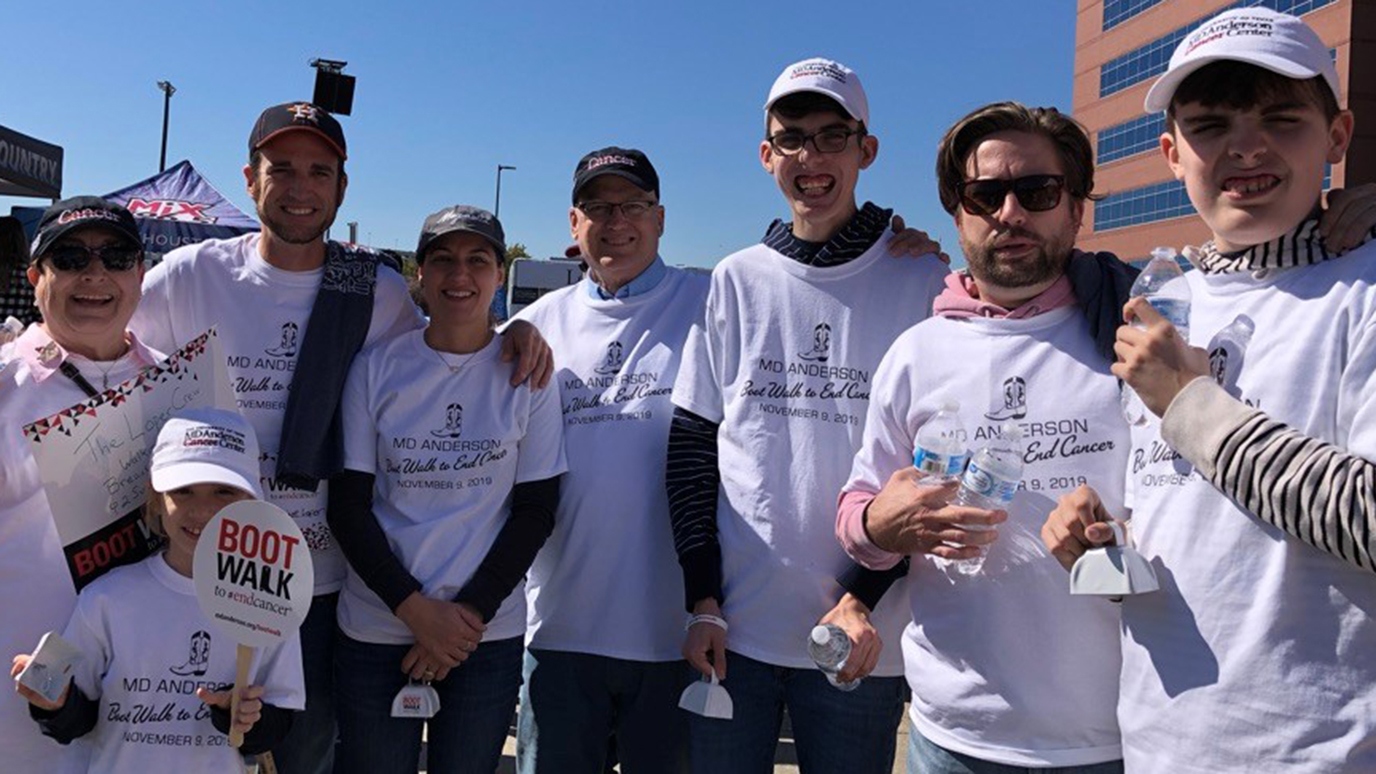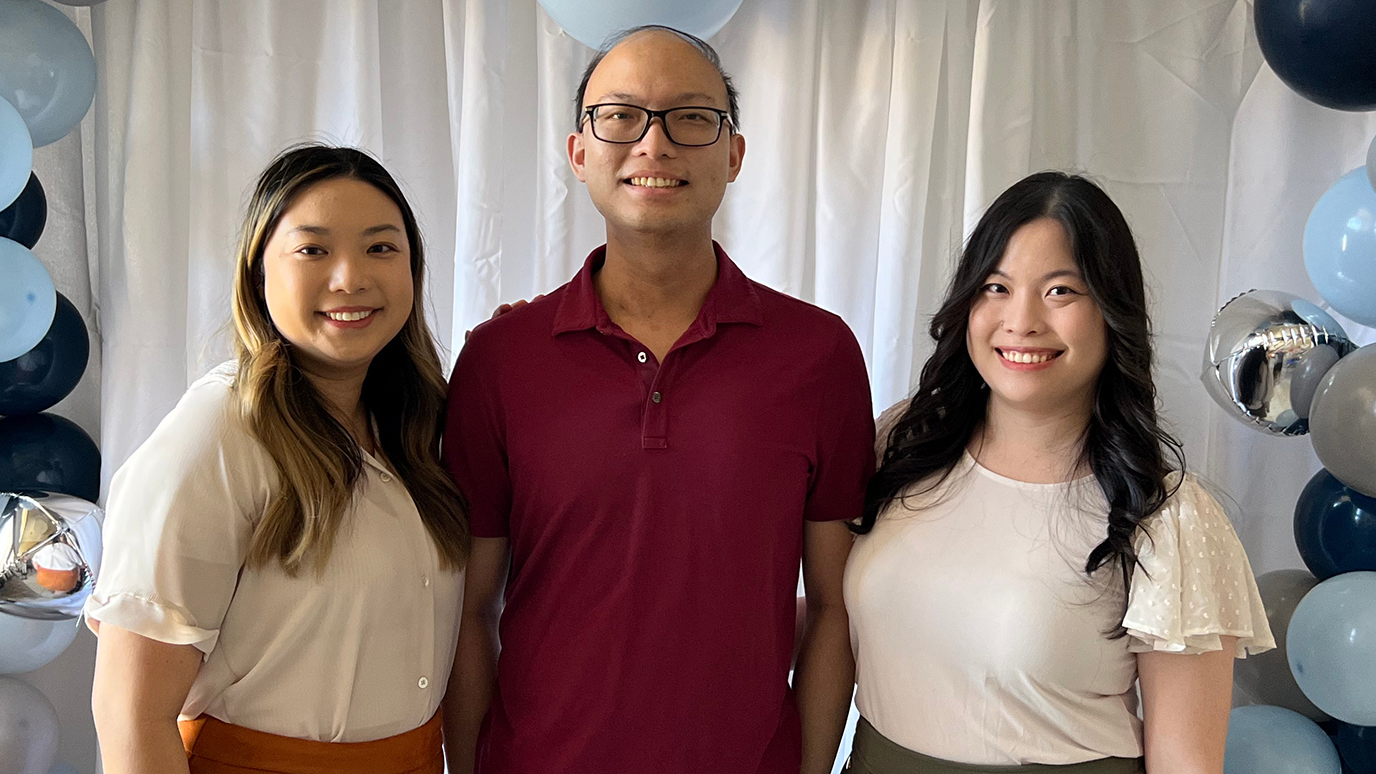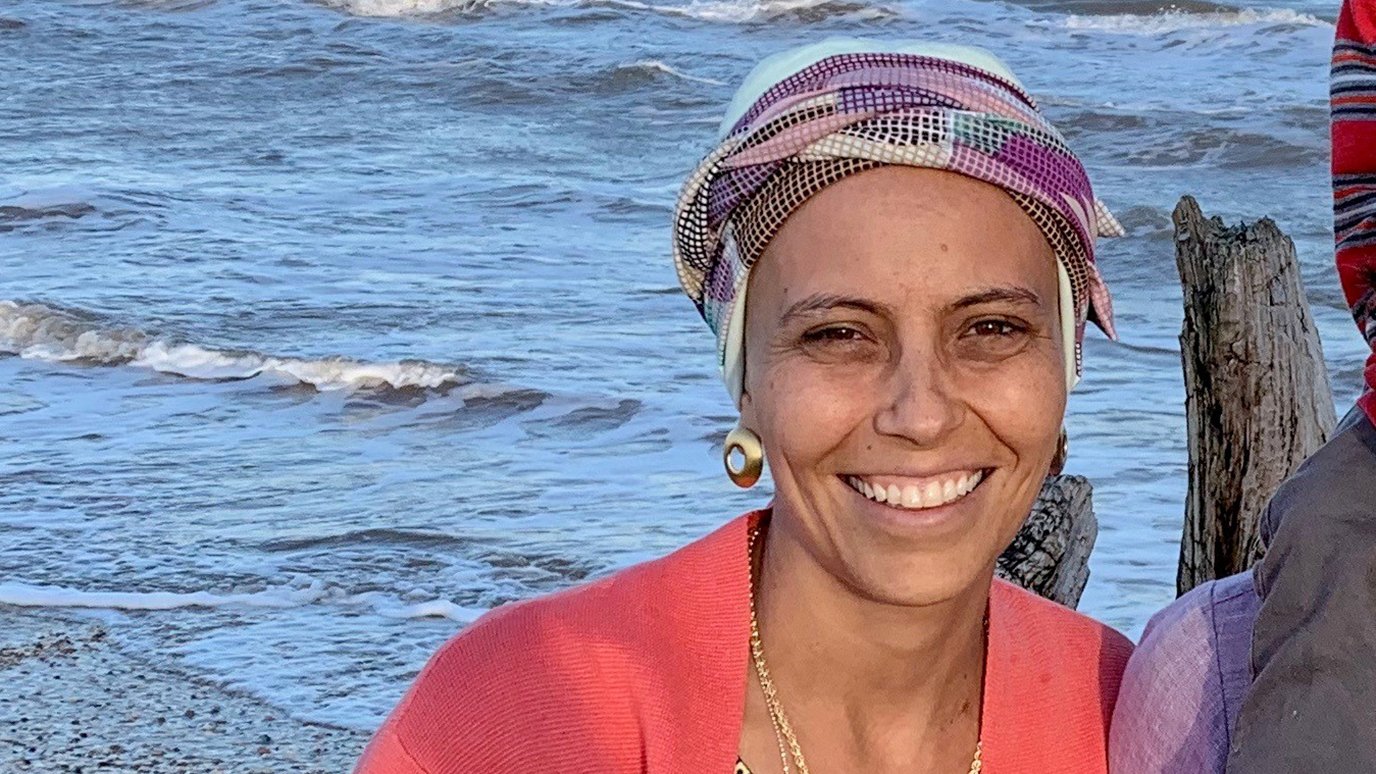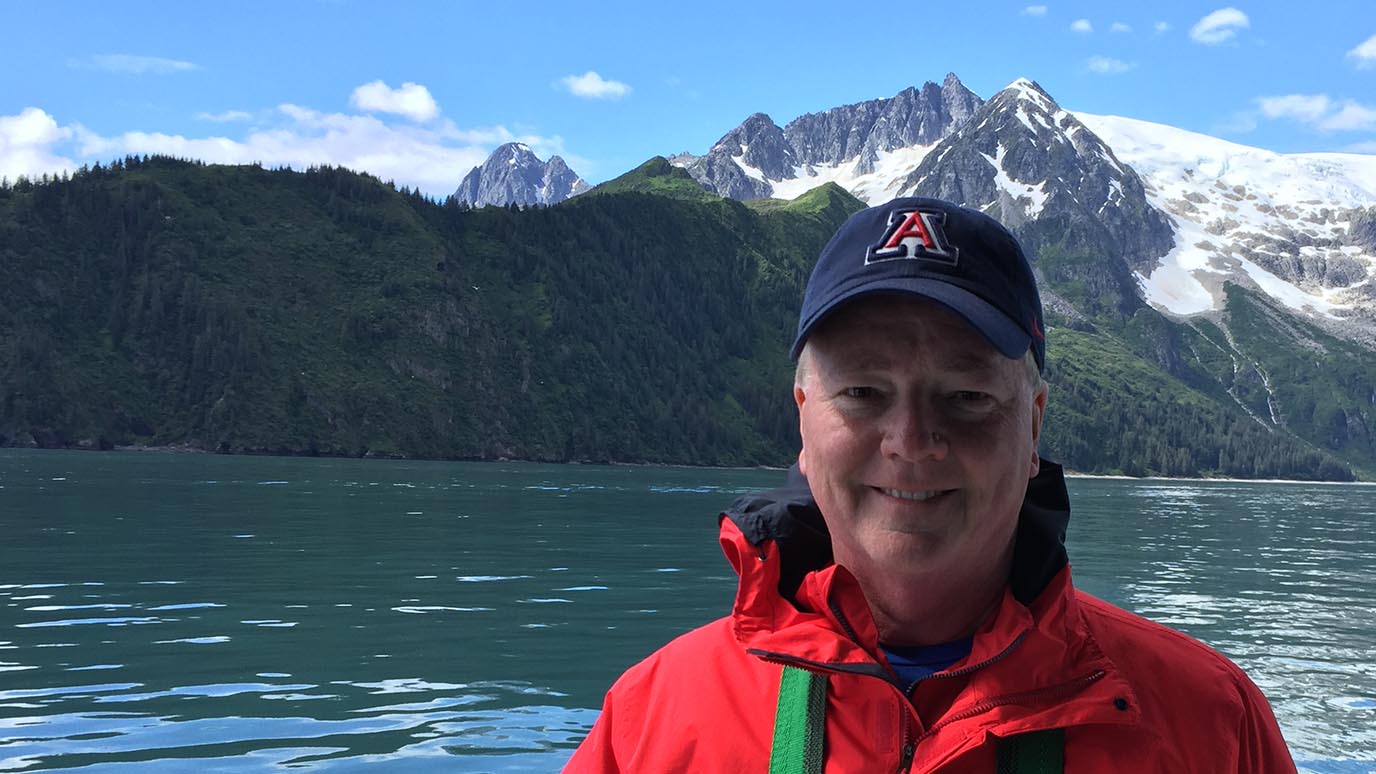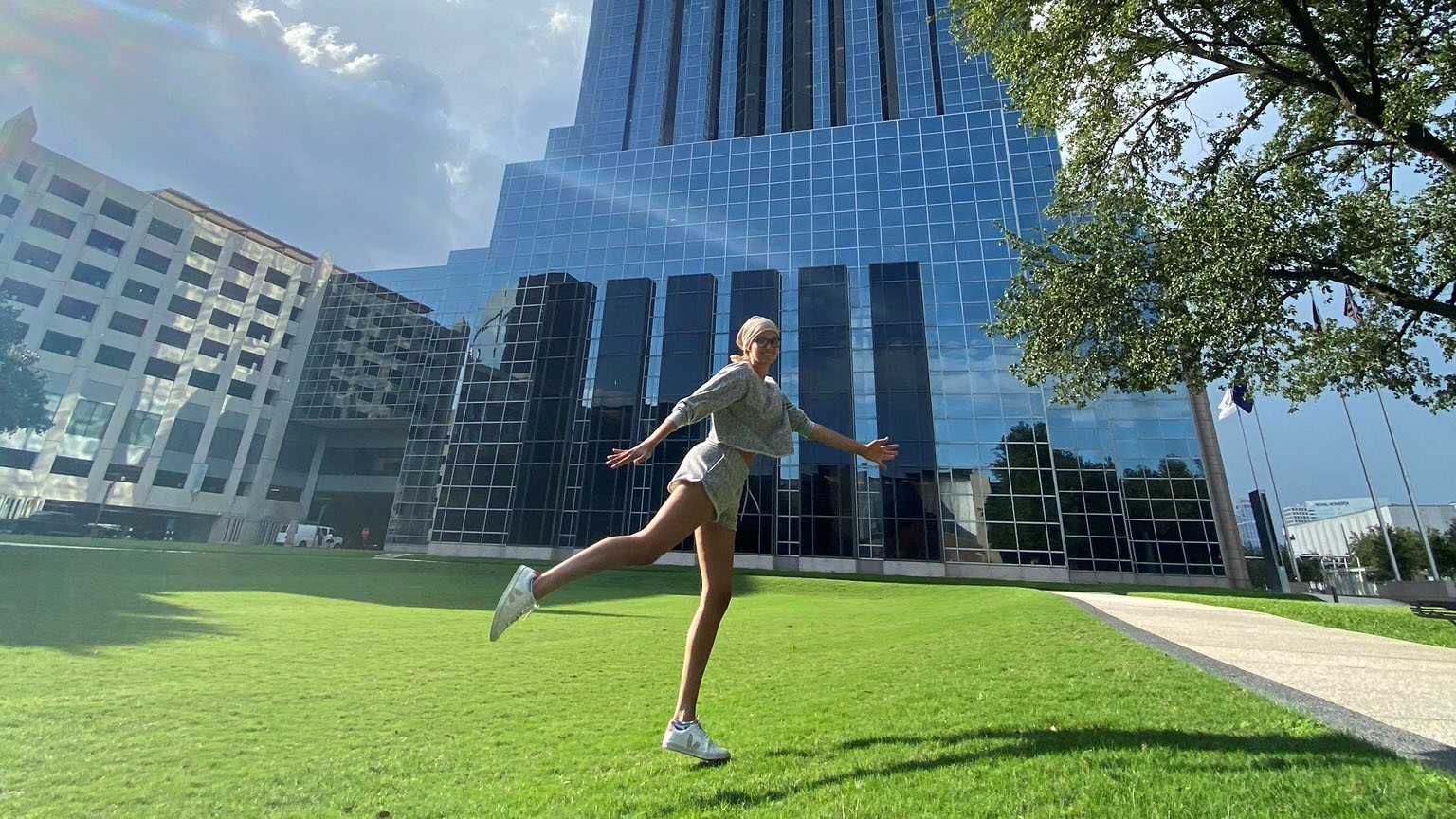- Diseases
- Acoustic Neuroma (16)
- Adrenal Gland Tumor (24)
- Anal Cancer (70)
- Anemia (2)
- Appendix Cancer (18)
- Bile Duct Cancer (26)
- Bladder Cancer (74)
- Brain Metastases (28)
- Brain Tumor (234)
- Breast Cancer (728)
- Breast Implant-Associated Anaplastic Large Cell Lymphoma (2)
- Cancer of Unknown Primary (4)
- Carcinoid Tumor (8)
- Cervical Cancer (164)
- Colon Cancer (168)
- Colorectal Cancer (118)
- Endocrine Tumor (4)
- Esophageal Cancer (44)
- Eye Cancer (36)
- Fallopian Tube Cancer (8)
- Germ Cell Tumor (4)
- Gestational Trophoblastic Disease (2)
- Head and Neck Cancer (14)
- Kidney Cancer (130)
- Leukemia (342)
- Liver Cancer (50)
- Lung Cancer (286)
- Lymphoma (278)
- Mesothelioma (14)
- Metastasis (30)
- Multiple Myeloma (100)
- Myelodysplastic Syndrome (60)
- Myeloproliferative Neoplasm (6)
- Neuroendocrine Tumors (16)
- Oral Cancer (102)
- Ovarian Cancer (178)
- Pancreatic Cancer (162)
- Parathyroid Disease (2)
- Penile Cancer (14)
- Pituitary Tumor (6)
- Prostate Cancer (150)
- Rectal Cancer (58)
- Renal Medullary Carcinoma (6)
- Salivary Gland Cancer (14)
- Sarcoma (238)
- Skin Cancer (302)
- Skull Base Tumors (56)
- Spinal Tumor (12)
- Stomach Cancer (66)
- Testicular Cancer (28)
- Throat Cancer (92)
- Thymoma (6)
- Thyroid Cancer (100)
- Tonsil Cancer (30)
- Uterine Cancer (86)
- Vaginal Cancer (18)
- Vulvar Cancer (22)
- Cancer Topic
- Adolescent and Young Adult Cancer Issues (22)
- Advance Care Planning (12)
- Biostatistics (2)
- Blood Donation (18)
- Bone Health (8)
- COVID-19 (360)
- Cancer Recurrence (120)
- Childhood Cancer Issues (120)
- Clinical Trials (628)
- Complementary Integrative Medicine (22)
- Cytogenetics (2)
- DNA Methylation (4)
- Diagnosis (240)
- Epigenetics (6)
- Fertility (62)
- Follow-up Guidelines (2)
- Health Disparities (14)
- Hereditary Cancer Syndromes (128)
- Immunology (18)
- Li-Fraumeni Syndrome (8)
- Mental Health (122)
- Molecular Diagnostics (8)
- Pain Management (62)
- Palliative Care (8)
- Pathology (10)
- Physical Therapy (18)
- Pregnancy (18)
- Prevention (940)
- Research (390)
- Second Opinion (78)
- Sexuality (16)
- Side Effects (616)
- Sleep Disorders (10)
- Stem Cell Transplantation Cellular Therapy (216)
- Support (408)
- Survivorship (330)
- Symptoms (182)
- Treatment (1794)
Triple-negative breast cancer and leukemia survivor achieves remission after dual relapses
4 minute read | Published July 20, 2021
Medically Reviewed | Last reviewed by an MD Anderson Cancer Center medical professional on July 20, 2021
As a physician, I never expected to be diagnosed with cancer myself — much less four times before age 50. But by the time I got to MD Anderson in September 2019, I’d already been treated for triple-negative breast cancer and chemotherapy-induced acute myeloid leukemia once. And I was on the cusp of relapsing with both.
I went to MD Anderson because the first stem cell transplant I got near my home in Wisconsin wasn’t keeping the leukemia in remission. And MD Anderson is the nation’s top cancer hospital. It also has one of the largest clinical trial programs in the country. So, I knew it would have more treatment options to offer me.
As it turns out, going to MD Anderson was absolutely the right call. Because it’s been 21 months now since my stem cell transplant there, and I’m still in remission — even after another round of breast cancer treatments that ended in March.
From a leukemia consultation to immediate admission
I didn’t even realize my leukemia had relapsed until I got to MD Anderson. My last bone marrow biopsy in Wisconsin showed early signs of it, but nothing definite. So, when I arrived at MD Anderson a month later, I thought I was just coming in for a consultation, to discuss possible treatment options if the leukemia recurred.
Then, I received a printout of my lab results right before the first doctor’s appointment. And a wave of nausea swept over me. Because as a rheumatologist, I understood immediately what the blood values meant: my disease was active again. And I don’t care what you do for a living: finding out you have cancer is overwhelming — no matter how many times you hear it.
My husband and I waited tensely in the exam room for the leukemia specialist to arrive. Then, Dr. Guillermo Montalban-Bravo walked in. The first thing he did was announce that he had a plan. He told me that he’d seen other patients like me, and he was ready to recommend a course of treatment that would hopefully lead to a cure. It wouldn’t be easy. But he was confident it was at least possible.
What made the choice to stay in Houston for leukemia treatment easier
The fact that Dr. Montalban-Bravo already had a plan in mind for me was extremely welcome news. His confidence was very encouraging. But the news that I needed to start treatment right away was a bit less welcome. Because that meant staying in Houston.
I knew I was out of options locally. I needed another stem cell transplant, and it simply wouldn’t be offered at any hospital near my home. So, if I went back to Wisconsin, I was going to die there. That made the decision a lot easier. My husband flew home to take care of our children, and my mom came to Texas to stay with me. I spent the next nine months in Houston.
Finding the right chemotherapy combination for a leukemia relapse
First, I had several rounds of chemotherapy under Dr. Montalban-Bravo. I ended up having to try several combinations in two separate clinical trials before we found one that worked. Then, I had another stem cell transplant under Dr. Betul Oran on Sept. 25, 2019, using cells donated by my teenage daughter.
I joined a third clinical trial to treat the graft vs. host disease (GVHD) I developed afterward. It involved a drug called itacitinib that was not yet approved by the Food and Drug Administration (FDA) to treat that side effect. But it worked out wonderfully for me, and I was able to stop taking it after only a couple of months.
Breast cancer recurrence brings fears of history repeating itself
The second stem cell transplant worked out much better than the first, too, even though I had some pretty severe side effects, including weight loss and nausea.
The transplant I’d had locally only kept me in remission for about three months. But I was still in remission 11 months after the second one. That’s when I noticed a lump in one of my reconstructed breasts. It was on the same side where the cancer had appeared before.
I felt a little panicky. Even though only about 2% of breast cancer patients develop leukemia after receiving the same type of chemotherapy I did initially, it had already happened to me once. So, I worried that history might repeat itself.
From a double relapse to double remission
Dr. Oran and Dr. Montalban-Bravo quickly soothed my fears. They reassured me that my latest breast cancer diagnosis could be treated like any other. The odds were just as low as they’d been the first time around that I’d develop leukemia as a side effect.
Their confidence that I could follow the recommended treatment plan for my breast cancer relapse was very reassuring. That feeling was reinforced by the second opinion I obtained from breast cancer specialist Dr. Banu Arun.
Dr. Arun agreed with the plan suggested by my local oncologists. So, even though I’ve continued to have my follow-up appointments for leukemia regularly at MD Anderson (sometimes virtually), I was able to get my breast cancer treatments much closer to home. I really appreciated not having to travel as frequently during the COVID-19 pandemic.
Today, I show no evidence of either disease. So, I can’t overemphasize how grateful I am to MD Anderson. Its clinical trials and doctors saved my life. And because of their expertise — and their willingness to share it — I am back at work and enjoying my family.
Request an appointment at MD Anderson online or by calling 1-877-632-6789.
Related Cancerwise Stories

It wouldn’t be easy. But it was at least possible.
Julie Hildebrand, M.D.
Survivor

